Never Go in an Elevator If You See This One Thing, U.S. Officials Warn
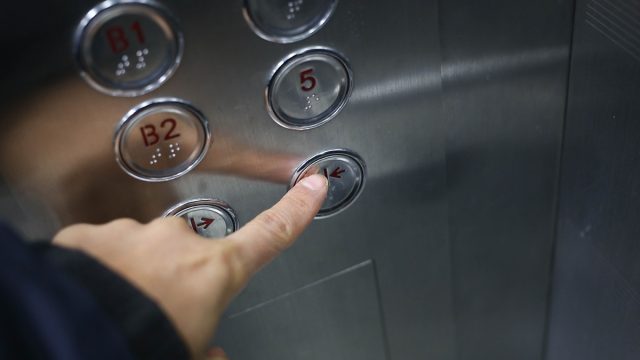
We tend to go about our daily lives on autopilot, assuming that the infrastructures and technologies of the world that have previously worked as intended will continue to do so. But sometimes, danger lurks around the corner, hidden in plain sight. A recent warning by the U.S. Consumer Product Safety Commission (CPSC) revealed that even some of the elevators we ride to and from our apartments and offices could be seconds away from delivering untold carnage. Read on to find out what you need to keep an eye out for to avoid becoming an elevator casualty.
RELATED: If You Bought These at Dollar General, Destroy Them, Authorities Say.
Officials warn customers to avoid riding in Waupaca elevators.
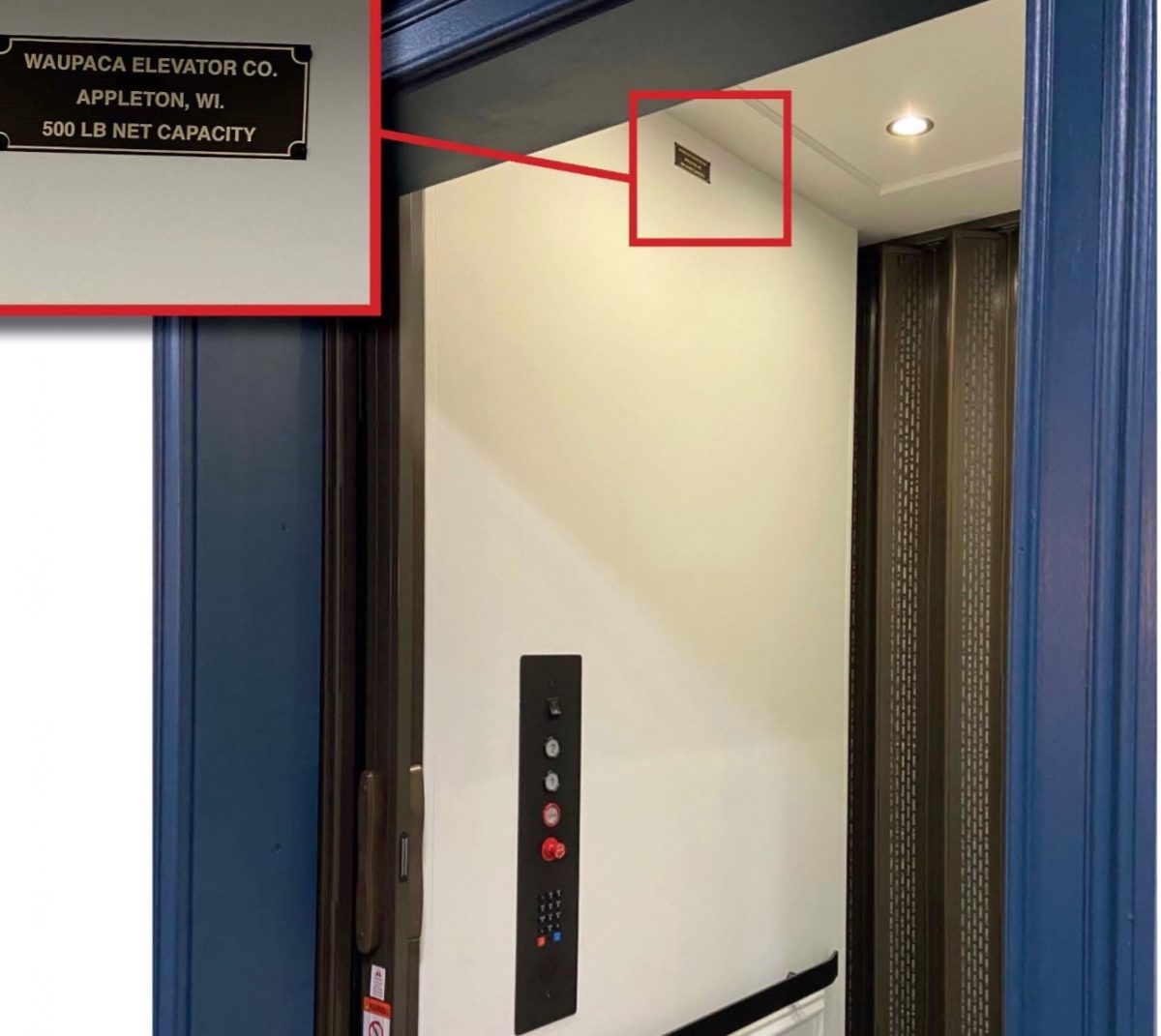
In late July, the CPSC reannounced their 2018 recall of Waupaca elevators, warning consumers not to step inside or ride them because they could fall unexpectedly. If you see a plaque that reads “Waupaca Elevator Co.” with a weight capacity of 450 or 500 pounds, you should take the stairs instead.
These models were installed nationwide between 1979 and 2008. The 450-lb. capacity elevators have serial numbers 10-1001 through 10- 3131. The 500-lb. capacity elevators have serial numbers 10-3132 through 10-8111; 010-00- 8112 through 010-10-8786; and 110-00-1000 through 110-03-1179.
RELATED: The One Thing You Need to Do on Your Phone Once a Week, Officials Warn.
Waupaca has received multiple reports about their elevators falling, resulting in injuries and even a death.
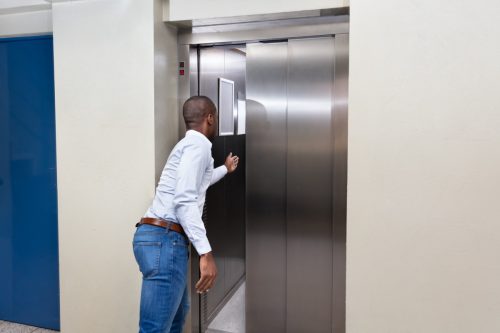
Due to a defect in the gearbox, Waupaca elevators can suddenly drop to the bottom of the shaft. The company has received 15 reports of elevators falling, three of which came after the initial 2018 recall.
The issue can and has resulted in numerous injuries, including sprained knees and ankles, broken bones, and even a death. Delores Bracken, a victim from Holden Beach, North Carolina, recalls the morning she fell three stories in her own home. As she told WECT 6 News, she looked down after the plummet and “saw the bone sticking out” of her leg.
In one tragic incident in 2018, a passenger riding a Waupaca elevator in Millbrae, California died as a result.
RELATED: For more up-to-date information, sign up for our daily newsletter.
It will be years before Waupaca elevators are safe to use again.
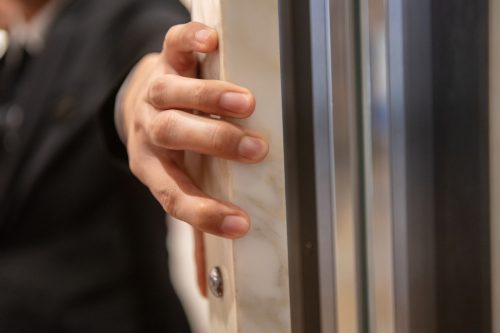
As part of the recall, Waupaca is offering consumers free inspections and repair installations with overspeed safety devices as needed. Unfortunately, the elevator company and its dealers are reportedly contending with an installation backlog. Getting all their elevators back in safe working order could take years to complete. “Until an overspeed safety device is installed, all elevators should be placed out of service,” the CPSC says.
In the meanwhile, consumers can contact Waupaca toll-free at 833-850-7981 from 8 a.m. to 4:30 p.m. CT Monday through Friday or email them at [email protected]. Any incidents with the recalled elevators should be reported directly to the CPSC at SaferProducts.gov or via their hotline at 800-638-2772.
Elevators and escalators kill about 30 people in the United States every year.
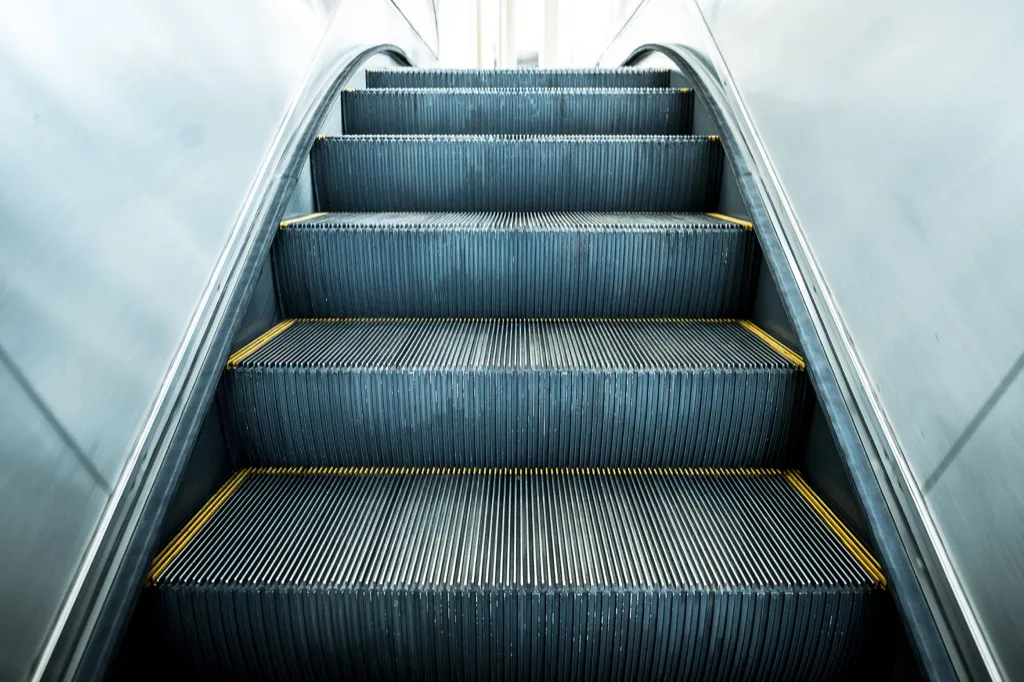
According to data by the U.S. Bureau of Labor and Statistics and the CPSC, elevators kill about 30 people in the United States every year. About half of these deadly incidents involve workers doing cleaning, maintenance, or repairs on or around the elevator shafts.
While that may offer some solace to the average passenger, you should still exercise caution. The same data also shows that elevators and escalators seriously injure more than 17,000 people each year in the U.S.
RELATED: Never Go in Your Basement If You Hear This Sound, Experts Warn.